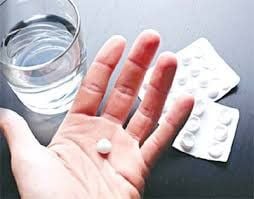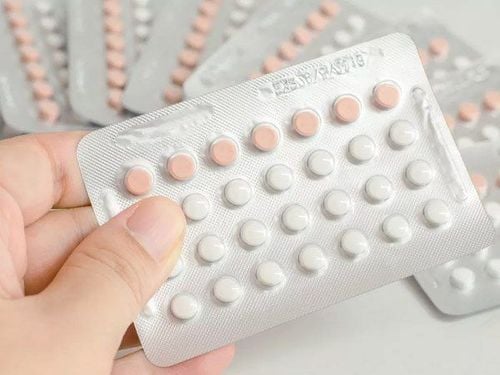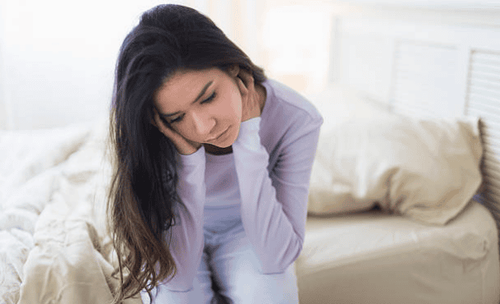This is an automatically translated article.
Estrogen is one of two extremely important hormones (besides progesterone) in women. Estrogen levels are variable, not fixed. So how do estrogen levels change, and what factors can affect estrogen levels?1. What is estrogen?
Estrogen is the name of a group of sex hormones that play an important role in the development and maintenance of female characteristics in the human body. Hormones are chemical compounds secreted in the body that follow a humoral route to affect target organs. The quantity and concentration of hormones are not fixed, but change from time to time, from day to day, or even from day to day.Estrogen includes the following forms:
Estrone (E1): This is the form of estrogen that only appears in women after menopause. Small amounts of estrone are present in almost all tissues of the body, and are most abundant in muscle and adipose tissue. The body is capable of converting estrone to estradiol and vice versa, from estradiol to estrone. Estradiol (E2): This is the most potent form of estrogen. Estradiol is produced by the ovaries. Estradiol is associated with a wide range of gynecological problems, such as endometriosis, fibroids, and certain types of cancer in women, especially endometrial cancer. Estriol (E3): Estriol is the form of estrogen that is mainly made from the placenta, so its presence is mainly when a woman is pregnant. In addition, extremely small amounts of estriol, a byproduct, are also produced when the body uses estradiol. There is no known pathway to make estradiol or estrone from estriol. Estrogen is key to the formation and development of female sex characteristics, such as breast growth, pubic and armpit hair growth, as well as regulation of the reproductive system and menstrual cycle.
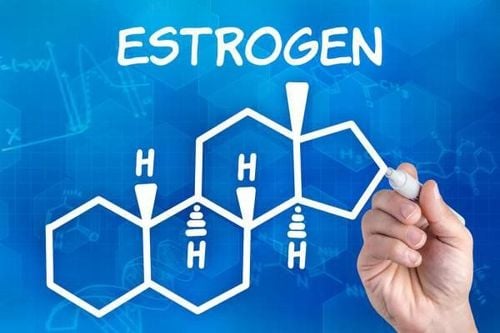
Estrogen đóng vai trò quan trọng trong điều hòa hoạt động của hệ sinh sản và chu kỳ kinh nguyệt.
2. Changes in estrogen levels in women
Normal estrogen levels can vary greatly between women, even between two women with the same menstrual cycle, on the same day, their estrogen levels can also be very different. Even in the same woman, estrogen levels change from day to day. During puberty, the ovaries in a female begin to release the hormone estrogen along with the menstrual cycle. During each menstrual period, estrogen levels rise sharply in the first half of the cycle, stimulating ovulation, and after ovulation, estrogen levels drop rapidly.
Perimenopause is the transitional period before a woman reaches menopause. The first decline in natural estrogen levels occurs at this stage, accompanied by the appearance of many other changes. When entering perimenopause, a woman may find herself gaining weight, irregular periods, hot flashes, vaginal dryness, etc.
Once menopause, a woman's estrogen levels will drop. low, and this is a very natural process. Young women will also experience low estrogen levels if they undergo surgery to remove both ovaries, a phenomenon known as surgical menopause.
3. Factors that affect and change the body's estrogen levels
Estrogen levels in the female body can be affected by many different factors, some of which cause a decrease in estrogen levels, and conversely, some other factors that cause an increase in estrogen levels.
Certain conditions, lifestyles and processes can cause a drop in estrogen levels in the body, including:
Ovarian failure Decreased pituitary function Miscarriage Polycystic ovarian syndrome – PCOS) Anorexia nervosa Excessive exercise or training Certain medications, such as clomiphene Newly born, breastfeeding Too skinny: Although the ovaries are the main source of estrogen production, Not the only place, fat tissue can also produce a certain amount of estrogen. It is for that reason that women with low body fat (such as athletes, models, fitness professionals, etc.) may have low estrogen levels, and it is likely that they will have to face problems caused by a lack of estrogen which is common in postmenopausal women. Several factors can cause estrogen levels to rise, such as:
Overweight and obesity Hypertension Diabetes Healthy pregnancy Tumors in the ovaries or adrenal glands Certain medications, such as such as steroids, ampicillin, estrogen-containing drugs, phenothiazines, and tetracyclines.
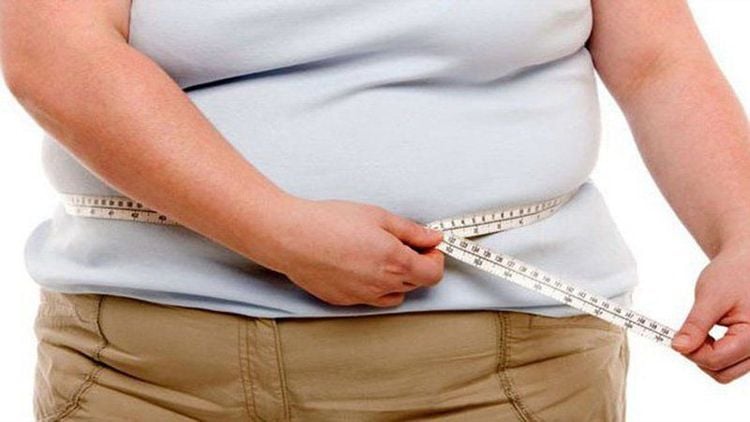
Béo phì là một trong những nguyên nhân khiến estrogen tăng lên
4. How does an imbalance in estrogen levels work?
Imbalance in estrogen levels can cause the following effects:
Irregular menstrual cycles, irregular menstrual cycles, or missed periods Heavy bleeding, or spotting during menstruation Hot flashes Nightmares Dry Skin If you experience any unusual signs or symptoms, or suspect you may have a hormonal imbalance, see a specialist for proper diagnosis and treatment.
Periodic health check-ups help to detect diseases early, so that there are treatment plans for optimal results. Currently, Vinmec International General Hospital has general health checkup packages suitable for each age, gender and individual needs of customers with a reasonable price policy.
Results of the patient's examination will be returned to the home. After receiving the results of the general health examination, if you detect diseases that require intensive examination and treatment, you can use services from other specialties at the Hospital with quality treatment and services. outstanding customer service.
Please dial HOTLINE for more information or register for an appointment HERE. Download MyVinmec app to make appointments faster and to manage your bookings easily.
Reference source: webmd.com





